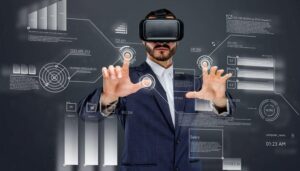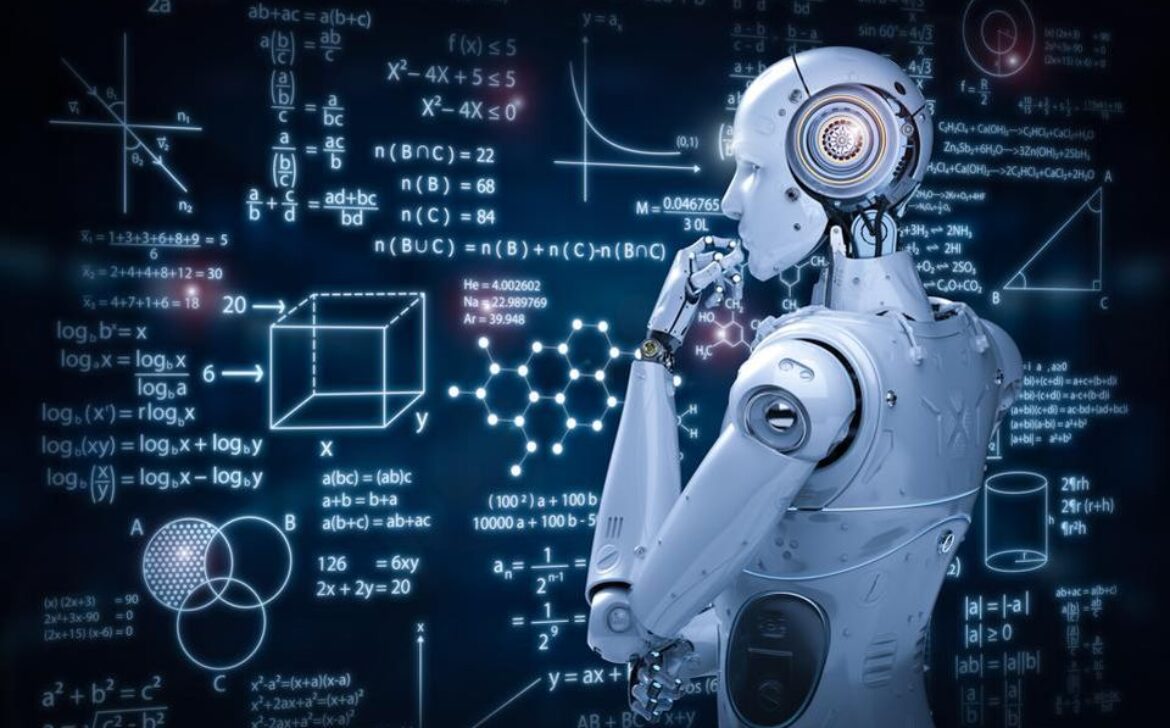Exploring the Metaverse: Developments and Future Potential
The concept of the metaverse has captured the imagination of technologists, futurists, and consumers alike. Often depicted as a collective virtual shared space, the metaverse is more than just a digital extension of our physical world; it’s an expansive, immersive, and interactive digital realm where users can connect, work, play, and live through virtual avatars. With significant advancements in technology, the development of the metaverse is accelerating, promising transformative changes across industries and daily life. This blog explores the latest developments in the metaverse, the technologies driving its growth, its potential applications, and the challenges that lie ahead.
Understanding the Metaverse
The term “metaverse” was popularized by Neal Stephenson’s 1992 science fiction novel “Snow Crash,” where it described a virtual reality-based successor to the internet. Today, the metaverse is envisioned as a comprehensive, interconnected virtual universe where digital environments and physical reality converge. Unlike traditional virtual worlds or online games, the metaverse offers a persistent, real-time experience that can be accessed through various devices, including VR headsets, augmented reality glasses, and standard computers or mobile devices.
The metaverse comprises several key elements:
-
- Virtual Worlds: These are immersive digital environments that users can explore and interact with. They range from realistic simulations of real-world locations to entirely fantastical realms.
- Avatars: Digital representations of users, avatars can be customized to reflect one’s personality, appearance, or desired identity within the metaverse.
- Interoperability: A crucial aspect of the metaverse is the ability for users to seamlessly move between different virtual worlds and platforms, carrying their identities, assets, and data with them.
- Digital Economy: The metaverse features its own economy, where users can buy, sell, and trade virtual goods, services, and experiences using digital currencies or real-world money.
- Social Interaction: Just like in the physical world, social interactions are a vital part of the metaverse, allowing users to communicate, collaborate, and form communities.
Technological Advancements Fueling the Metaverse
The realization of the metaverse relies on a confluence of cutting-edge technologies. Several key advancements are driving the development of this immersive digital ecosystem:

-
- Virtual Reality (VR) and Augmented Reality (AR): VR provides fully immersive experiences by transporting users into a completely virtual environment, while AR overlays digital elements onto the real world. The combination of VR and AR, often referred to as mixed reality (MR), creates a spectrum of experiences that blend the physical and digital realms.
- Blockchain and Cryptocurrencies: Blockchain technology enables the creation of decentralized digital economies within the metaverse. Non-fungible tokens (NFTs) represent unique digital assets, such as virtual real estate, art, and collectibles, while cryptocurrencies facilitate transactions and ownership.
- Artificial Intelligence (AI): AI powers various aspects of the metaverse, from realistic virtual characters and NPCs (non-player characters) to personalized experiences and content recommendations. Machine learning algorithms enhance user engagement by adapting to individual preferences and behaviors.
- Cloud Computing and Edge Computing: These technologies provide the necessary infrastructure to support the vast computational demands of the metaverse. Cloud computing offers scalable resources for rendering complex virtual environments, while edge computing brings processing closer to users, reducing latency and improving real-time interactions.
- 5G and Advanced Connectivity: High-speed, low-latency internet connections are essential for delivering seamless metaverse experiences. The rollout of 5G networks enables faster data transmission, supporting the bandwidth-intensive nature of VR and AR applications.
Applications and Opportunities in the Metaverse
The metaverse holds immense potential across various sectors, from entertainment and gaming to education, healthcare, and beyond. Here are some of the most promising applications:
-
- Gaming and Entertainment: The gaming industry is at the forefront of metaverse development, with virtual worlds becoming more immersive and interconnected. Players can explore vast digital landscapes, participate in virtual concerts and events, and engage in social activities with friends.
- Virtual Real Estate: Virtual real estate is emerging as a lucrative market within the metaverse. Users can purchase, develop, and monetize virtual land, creating businesses, entertainment venues, and social hubs. Some virtual properties have fetched millions of dollars, attracting investors and entrepreneurs.
- Social Interaction and Community Building: The metaverse offers new ways for people to connect and form communities. Virtual meetups, social clubs, and online forums provide spaces for like-minded individuals to share interests and collaborate on projects.
- Education and Training: The metaverse has the potential to revolutionize education by providing immersive, interactive learning experiences. Virtual classrooms, laboratories, and simulations can enhance traditional teaching methods, making learning more engaging and accessible.
- Work and Collaboration: The shift towards remote work has accelerated the adoption of virtual collaboration tools. The metaverse can provide virtual offices, meeting spaces, and coworking environments, enabling teams to work together from anywhere in the world.
- Retail and E-commerce: Brands are exploring new ways to engage customers in the metaverse. Virtual stores, fashion shows, and product launches allow users to browse and purchase digital and physical goods in a unique, immersive setting.
- Healthcare and Wellness: The metaverse can offer innovative solutions for healthcare and wellness, such as virtual consultations, therapy sessions, and fitness classes. Patients can access medical advice and treatments from the comfort of their homes.
Challenges and Considerations
While the metaverse presents exciting opportunities, several challenges and considerations must be addressed to realize its full potential:
-
- Privacy and Security: The metaverse involves the collection and processing of vast amounts of personal data. Ensuring user privacy and data security is paramount, requiring robust encryption, authentication, and data protection measures.
- Digital Divide: Access to the metaverse depends on high-speed internet and advanced devices, potentially exacerbating the digital divide. Efforts must be made to ensure inclusivity and accessibility for all users.
- Regulation and Governance: As a new and evolving space, the metaverse raises questions about regulation and governance. Issues such as intellectual property, digital rights, and virtual crime require careful consideration and legal frameworks.
- Interoperability and Standards: For the metaverse to function as a cohesive ecosystem, interoperability between different platforms and virtual worlds is essential. Standardization efforts are needed to ensure compatibility and seamless user experiences.
- Ethical and Social Implications: The metaverse blurs the lines between the physical and digital worlds, raising ethical and social questions. Issues such as identity, representation, and the potential for addiction require thoughtful exploration.
The Future of the Metaverse
The metaverse is still in its infancy, but its potential to transform how we live, work, and interact is immense. As technology continues to evolve, the metaverse will likely become an integral part of our daily lives, offering new opportunities for creativity, innovation, and connection.
Companies like Meta (formerly Facebook), Microsoft, and other tech giants are investing heavily in metaverse development, signalling a growing interest in this digital frontier. The next few years will be critical in shaping the metaverse’s evolution, with advancements in VR/AR, blockchain, AI, and connectivity paving the way for new experiences and possibilities.
In conclusion, the metaverse represents a bold vision of the future, where the boundaries between the physical and digital worlds dissolve, and the possibilities are limited only by our imagination. As we stand on the cusp of this new digital era, it is essential to navigate the opportunities and challenges thoughtfully, ensuring that the metaverse is a space that enhances our lives, fosters creativity, and brings people together in meaningful ways.
Outbound Links








